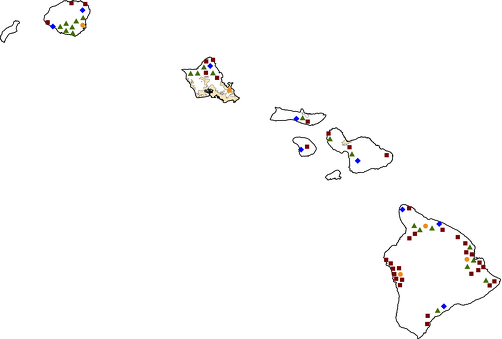Hawaii
State Office of Rural Health
Hawaii State Office of Primary Care and Rural Health
Phone: 808.586.4122
view details
Hawaii Nonmetro Population
1,445,635
Estimated population
277,294
(19.2%)
People living in nonmetro areas
Hawaii Rural Healthcare Facilities
9
Critical Access Hospitals
0
Rural Emergency Hospitals
22
Rural Health Clinics
36
Federally Qualified Health Centers*
5
Short Term/PPS Hospitals*
*Sites according to data.HRSA.gov (July 2025), showing only locations outside of
U.S. Census
Bureau Urban Areas with a population of 50,000 or more
Last Updated: 9/11/2025
Last Reviewed: 10/31/2023



Selected Social Determinants of Health for Rural Hawaii